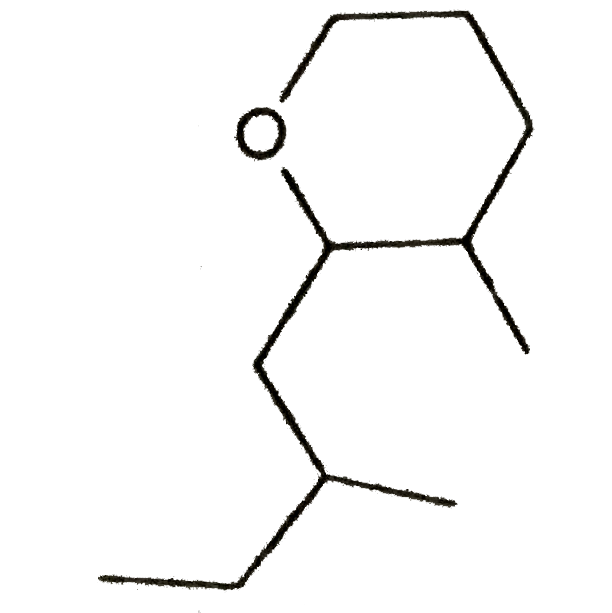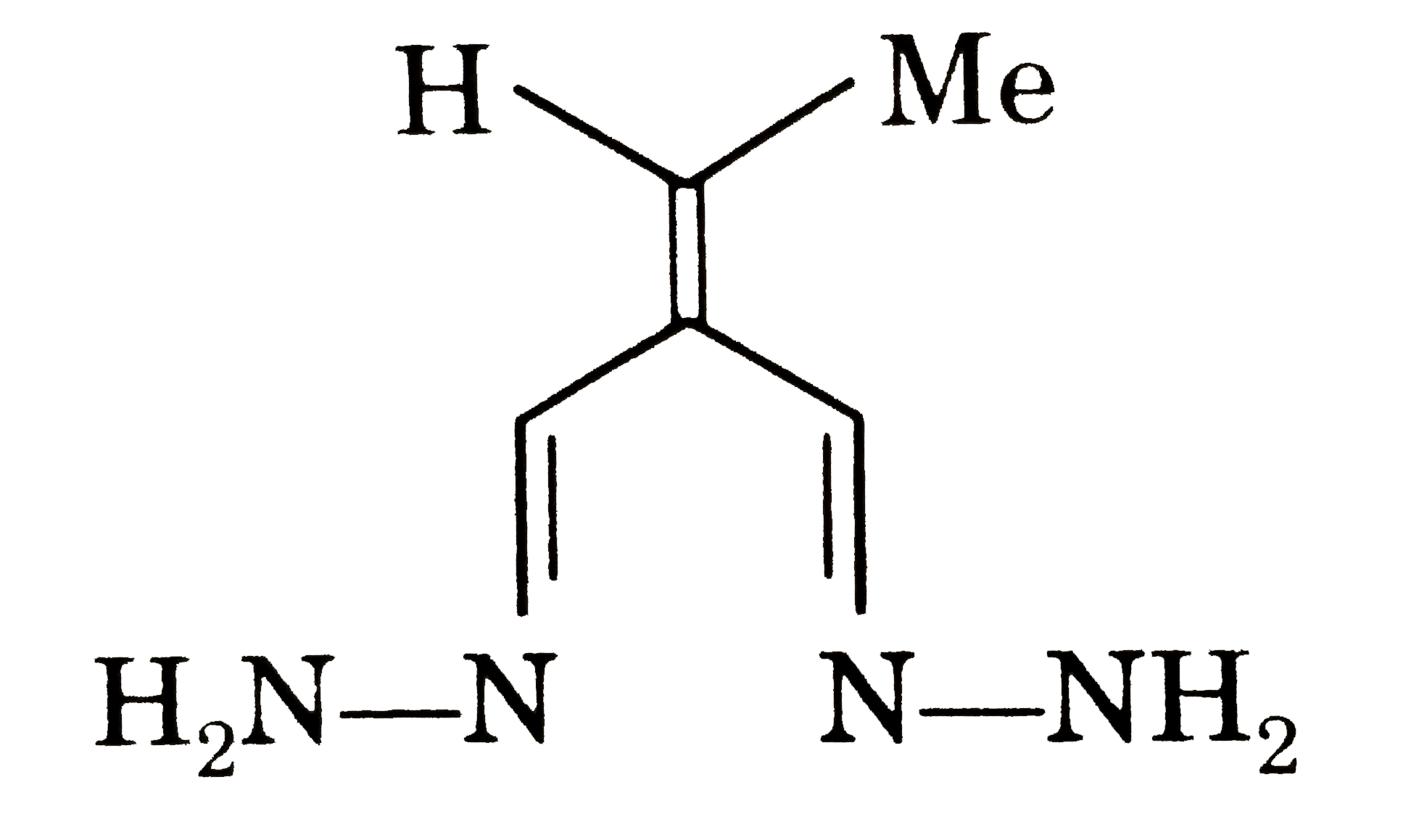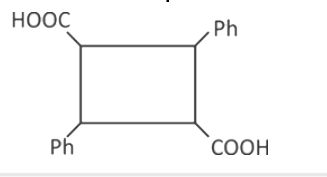If 'n' represents total number of asymmetric carbon atoms in a compound, then the possible number of optical isomers of the compound is
A
2n
B
n2
C
2n
D
2n+2
Video Solution
Text Solution
The correct Answer is:C
2n
|
Updated on:21/07/2023
Topper's Solved these Questions
- BOOK - MARVEL PUBLICATIONCHAPTER - HALOGEN DERIVATIVES OF ALKANES (AND ARENES)EXERCISE - TEST YOUR GRASP15videos
HALOGEN DERIVATIVES OF ALKANES (AND ARENES)
- BOOK - MARVEL PUBLICATIONCHAPTER - HALOGEN DERIVATIVES OF ALKANES (AND ARENES)EXERCISE - HIGHER LEVEL69videos
HALOGEN DERIVATIVES OF ALKANES (AND ARENES)
- BOOK - MARVEL PUBLICATIONCHAPTER - GENERAL PRINCIPLES AND PROCESSES OF ISOLATION OF ELEMENTSEXERCISE - Test Your Grasp30videos
GENERAL PRINCIPLES AND PROCESSES OF ISOLATION OF ELEMENTS
- BOOK - MARVEL PUBLICATIONCHAPTER - ORGANIC COMPOUNDS CONTAINGING NITROGEN EXERCISE - TEST YOUR GRASP40videos
ORGANIC COMPOUNDS CONTAINGING NITROGEN
Similar Questions
Knowledge Check
- Question 1 - Select One
If 'n' represents total number of asymmetric carbon atoms in a compound, then the possible number of optical isomers of the compound is
A2nBn2C2nD2n+2 - Question 2 - Select One
If 'n' represents total number to asymmetric carbon atoms in a compound, the possible number of optical isomers of the compound is
A2nBn2C2nD2n+2 - Question 3 - Select One
Number of asymmetric carbon atoms in fructose
A2B3C4D5
The number of asymmetric carbon atom/s in lactic acid is
View SolutionThe number of asymmetric carbon atom in glucose are
View Solution
The total number of optical isomers possible for this compound are?View SolutionThe number of optical isomers of the compound CH3CHBrCHBrCOOH is
View SolutionIdentify total number of egometrical isomers in given compound :
 View Solution
View Solution


